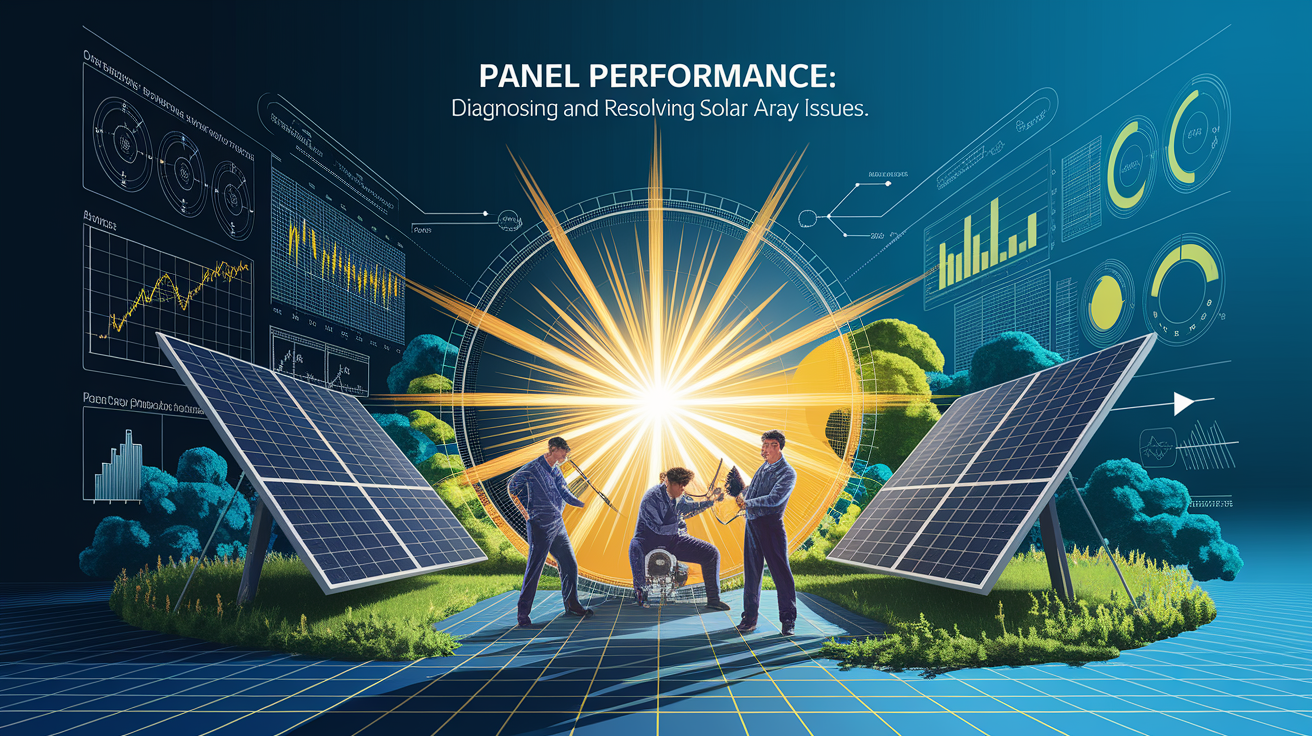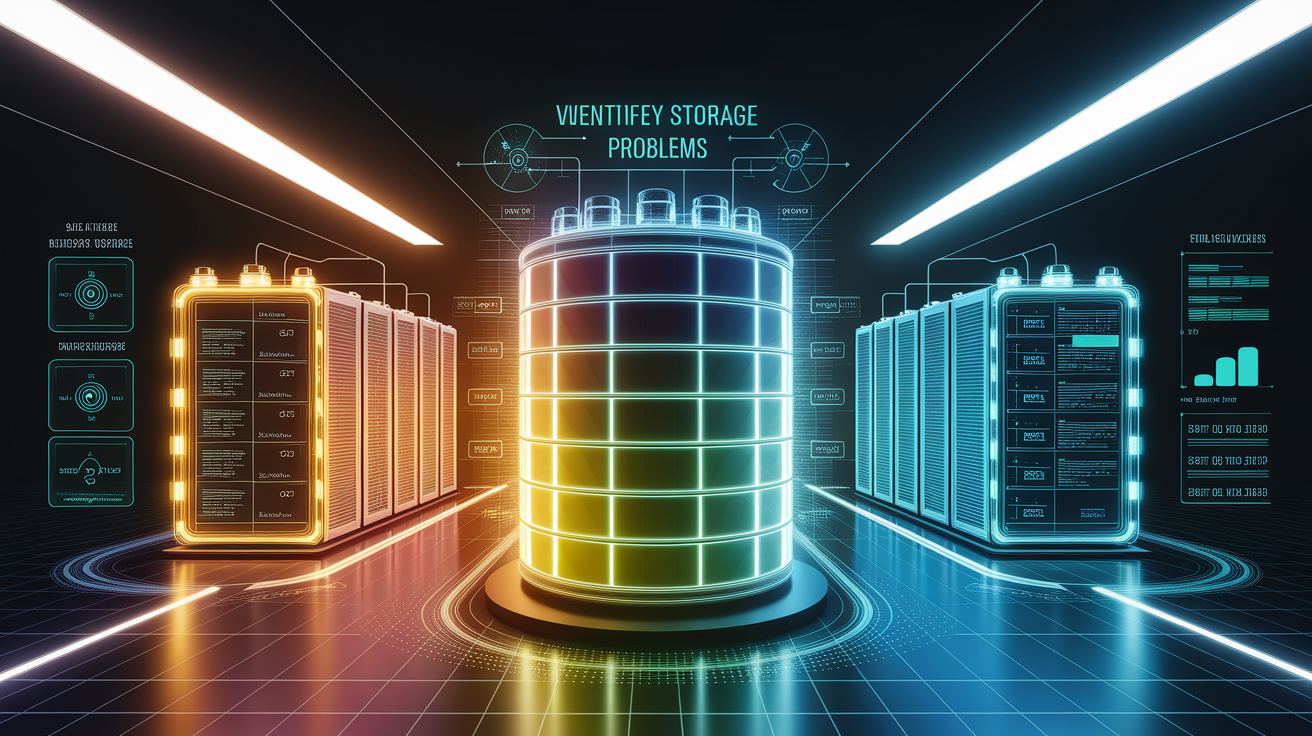Off-Grid Solar System Troubleshooting: A Quick Fix Guide
First Light: Instant Off-Grid Solar Fixes
When your off-grid power system unexpectedly fails, the cause is often simple and easily resolved. Before diving into complex diagnostics, start with a systematic visual inspection to address the most common culprits. A sudden loss of power frequently stems from a tripped protective device or an obvious disconnection. Begin by checking all system components for clear signs of trouble.

- Check Breakers and Fuses: Verify that every circuit breaker is in the “On” position. A tripped breaker, designed to protect your equipment from overloads, is a frequent cause of power loss. Similarly, inspect all system fuses; a blown fuse will halt power flow and requires replacement.
- Verify Switch Positions: Ensure all isolator switches and disconnects are in their correct operating positions. It is surprisingly common for a switch to be accidentally turned off during maintenance or by household members.
- Basic Connections: Look for any loose or disconnected wires. A quick scan can reveal obvious physical disconnections at the battery bank, inverter, or charge controller terminals that can stop the system cold. Addressing these simple inspection points often restores power without the need for specialized tools.
Panel Performance: Diagnosing and Resolving Solar Array Issues
Your solar array is the engine of your off-grid system, and its performance is directly tied to a clear, unobstructed view of the sun. If you’re experiencing low power output, especially on a sunny day, the issue likely lies with your panels. A drop in energy production is a clear sign that your solar array needs attention.

Start by addressing environmental factors that impede performance:
- Cleaning: A layer of dust, dirt, pollen, or bird droppings can significantly reduce efficiency. Regular cleaning ensures maximum light absorption and power generation.
- Shading: Check for new sources of shading. Overgrown tree branches or new structures can cast shadows on your solar panels, drastically cutting their output. Even partial shading on a single panel can impact the performance of the entire string.
- Physical Inspection: Carefully inspect each solar panel for cracks, discoloration, or moisture ingress, which indicate physical damage and will require panel replacement.
If panels are clean and clear, the next step is to test their electrical output. Using a multimeter to measure the voltage (Voc) and current (Isc) can confirm if the panels are producing power according to their specifications. This kind of solar panel performance verification is crucial for diagnosing underperforming arrays.
Battery Bank: Identifying Storage-Related Problems
The battery bank is the heart of your off-grid system, providing power when the sun isn’t shining. When you find your batteries not charging to full or notice a rapid loss of stored energy, it’s time for a thorough diagnostic. Battery-related problems are a primary cause of off-grid system failures, often manifesting as a “battery voltage low” alarm or a system that cannot sustain loads overnight.

Common battery issues and their solutions include:
- Corroded Terminals: Corrosion on Lead-Acid battery terminals acts as an insulator, restricting current flow. Clean terminals with a baking soda and water solution and a wire brush to restore a solid connection.
- Loose Connections: Vibrations can loosen terminal connections over time. Use a wrench to ensure all connections are tight, as a loose wire can cause intermittent charging and discharging issues.
- Voltage Check: Use a multimeter to check the voltage of each battery individually. In a multi-battery setup, one failing battery can degrade the entire bank’s performance. Many discussions among DIY users highlight how a single faulty cell can cause widespread problems.
- State of Charge: If your batteries aren’t holding a charge, investigate potential phantom loads—devices that draw power even when turned off. A modern Battery Management System (BMS) in a Lithium-ion battery bank can help identify imbalances or faulty cells. Following battery maintenance best practices is essential for longevity and reliability.
Charge Controllers and Inverters: Ensuring Proper Operation
The charge controller and inverter are the brains of your off-grid system, managing energy flow and converting DC power to usable AC power. When these components malfunction, the entire system can shut down. Fortunately, modern devices from brands like Victron Energy and Renogy often provide diagnostic feedback through indicator lights or LCD screens.

If you suspect an issue with these components, investigate the following:
- Fault Codes: Check the device for any error codes or warning lights. Consult the manufacturer’s manual to interpret these codes, which can point to specific issues like an inverter overload, high/low battery voltage, or an internal fault.
- Charge Controller Status: Look at your charge controller’s display. Is it indicating that the solar array is providing power? Is it showing that the battery is charging? A low voltage disconnect (LVD) error often means the battery charge is too low to power your loads, a problem that originates with the battery or panels, not necessarily the controller itself.
- Inverter Operation: If you have no AC power, check if the inverter is on. Many inverters have a low-voltage cutoff to protect the battery bank from over-discharge. If battery voltage is healthy but the inverter is off, try a system reset procedure as outlined in your manual.
Wiring and System Integration: Eliminating Connection Failures
An off-grid solar system is only as strong as its weakest link, and faulty wiring is a common point of failure. Poor connections, damaged wires, or tripped protective devices can lead to voltage drops, intermittent power, or a complete system shutdown. These issues not only reduce performance but can also present a significant safety hazard.
A meticulous inspection of your electrical system is critical for reliability. Pay close attention to:
- Wire Terminations: Ensure every connection at the batteries, charge controller, inverter, and bus bars is tight and free of corrosion. Overheated or discolored wires at termination points are a clear sign of a loose connection that needs immediate attention.
- –
Circuit Breaker and Isolator Health:
- Frequent tripping of a
- indicates an overload or a short circuit in the system that must be identified and resolved.
- Physical Wire Damage: Inspect wiring runs for any signs of damage from rodents, abrasion, or environmental exposure. Damaged insulation can lead to ground faults or short circuits.
Preventive Maintenance: Keeping Your Off-Grid System Reliable
The most effective troubleshooting strategy is prevention. Consistent, proactive maintenance minimizes unexpected downtime and extends the life of your valuable equipment. Rather than waiting for off-grid power issues to arise, adopting a routine inspection schedule ensures your system operates at peak efficiency year-round. This approach moves you from reactive DIY solar repair to proactive system stewardship.
Key preventive tasks include:
- Quarterly: Clean solar panels, check battery terminal connections for tightness and corrosion, and visually inspect all wiring for damage.
- Annually: Test individual battery voltages to identify imbalances, check and tighten all electrical connections in combiner boxes and control panels, and review your system monitoring data for any long-term performance degradation trends. For lead-acid batteries, check electrolyte levels and perform an equalization charge if recommended by the manufacturer.
- Ongoing: Regularly monitor your system’s performance via its monitoring app or display. Understanding your daily energy production and consumption patterns will help you spot (common monitoring issues) problems like declining output or unexplained loads before they become critical failures.
Power Restored: Wrapping Up Your troubleshooting Session
Successfully diagnosing and fixing an off-grid solar system hinges on a methodical approach. By systematically working through each core component—from the solar array to the battery bank, electronics, and wiring—you can efficiently isolate the root cause of failure. Documenting the problem and the solution will build your knowledge base, making future troubleshooting sessions faster and more intuitive. With these steps, you can confidently manage your energy independence and ensure your system delivers reliable, sustainable power when you need it most.







